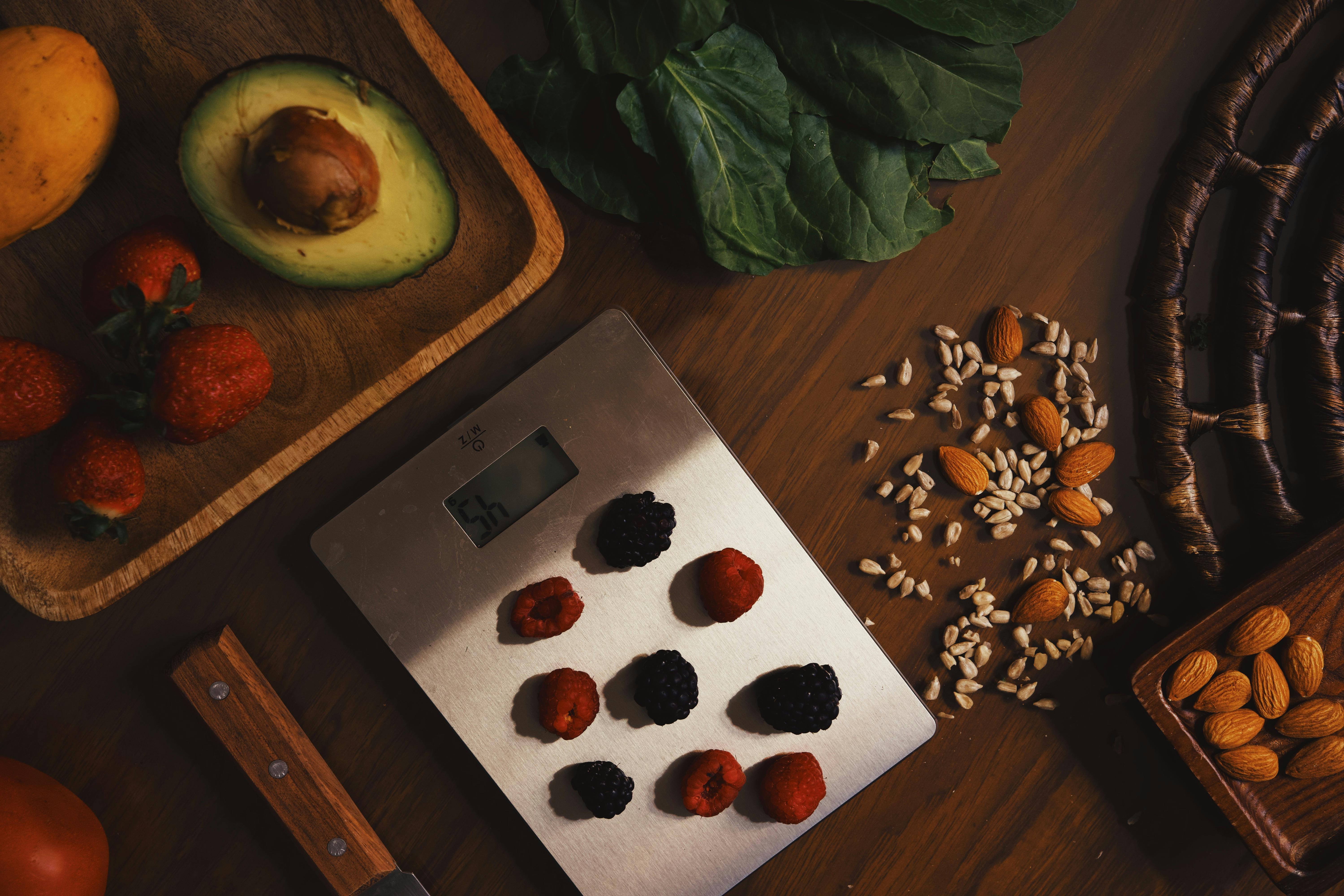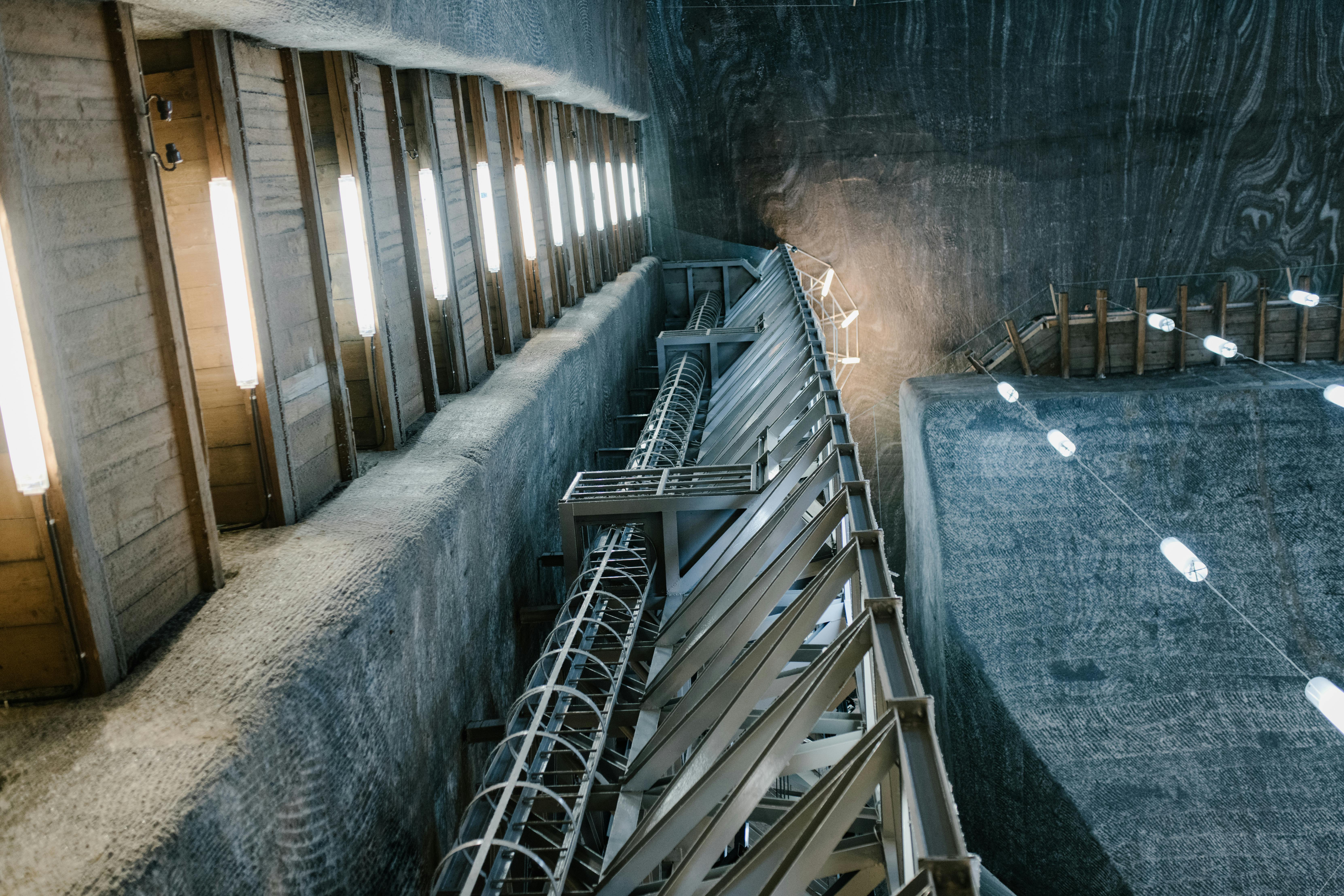Early medieval art – Migration period – Golden age in art history
The word ‘Medieval’ brings to mind the folk tale of King Arthur and his knights, around the famous Round Table. However, this is only a minor fraction of the expansive era of medieval art, looking at some of the greatest art. The Early Medieval Art Period spanned over 1,000 years, geographically encompassing Europe, the Middle East, and North America. The prolific medieval period saw the dawn of several key phases of art, Early Christianity, Migration Period, Celtic, Byzantine, Islamic, Pre-Romanesque, Romanesque, and Gothic, with each period further diversifying into various other time zones. In short, medieval art is a mixture of various art movements, such as classical, early Christian, and pagan art.
One of the most prominent periods in the history of early medieval art is the migration period. Artwork produced during this time was inspired by the Germans and Eastern Europeans, who moved from about the 3rd century to the 9th century (300-900). The history of the Migration Period dates back to the 3rd century, when the Roman Empire fell to the Germans. In fact, the number of Germans in the army increased, and by the end of the sixth century, small, less politically organized, but dynamic German kingdoms replaced the entire Western Roman Empire.
Although cosmopolitan, these German groups shared a common cultural background, ‘mobile art’, which emphasized the practical applicability and working of weapons, tools and jewellery. In effect, these works included portable personal adornments that could be buried in the tomb, as an act of restoration of dead spirits, safeguarding the living. The main styles that dominated early medieval art in the migration period include ‘polychrome style’, ‘animal style’ and ‘Hiberno-Saxon style’.
The ‘Polychrome Style’, originating from the Goths, in the Black Sea, included works of art such as figurines and gold objects, adorned with precious stones. The most prominent example of this style is found in the 4th-century “Petrossa Treasure” in Romania, which features a large gilt eagle brooch. Some other examples include a “Polychrome Sword” (5th century), in the tomb of the Frankish King Childeric I, “Visigothic Polychrome Votive Crown” (c. 670) of the then King of Toledo, Reccesvinto, and “German Belt Mounts” ( 7th century), in Weingarten.
Originating in Scandinavia, northern Germany and Anglo-Saxon England, the ‘animal style’ of the migration period was being practiced in the fifth century. The works of art of this philosophy included zoomorphic decorations with the application of ‘chip carving’ on copper and silver. In fact, chip carving was introduced in this style. The artworks here depict animals as interlocking, surreal, exaggerated and/or fragmented body parts. These images filled almost every available space in the artistic medium, thus energizing the feeling of work. “Norwegian Vendel Sword Hilt”, Norway, and “Fibula” (AD 400-50), Osland Island, and “Gold Purse Lid” (625), Sutton Hoo, England, are some good examples of the ‘animal style’. By the end of the 7th century, the style had significant religious Christian influence, transitioning the artistic essence from Germanic to Mediterranean.
Another style of Early Medieval Art belonging to the Migration Period was ‘Hiberno-Saxon Art’ or ‘Insular Art’, reflecting the fusion of ‘Animal Style’ (German) and ‘Celtic Art’ (Irish), especially in the “Illuminated Manuscripts”. .” The style began in the late 7th century and continued into the 9th century. Some important Hiberno-Saxon craft works include “Texts with Artworks” and “Carpet Pages”, which refer to the ornate pages without text. “Book of Durrow” (late 7th century) and the “Lindisfarne Gospels” (late 7th or early 8th century), Northumbria, are examples of works here.
The “Tara Brooch” and the “Chalice of Ardah” are the magnificence of the Migration Period metallurgy, which began in the 7th century. This early medieval period technique combined the art of metalworking, ornamentation, filigree, and chip carving and rock crystal to produce a work of art.
The High Cross, built primarily in Ireland, Britain and Scandinavia, tells the story of ornate stone sculpture from the Migration Period, such as the Muiredach High Cross in Ireland. The Migration Period chapter in the Early Medieval Art book is definitely one of the most prosperous periods of all.


